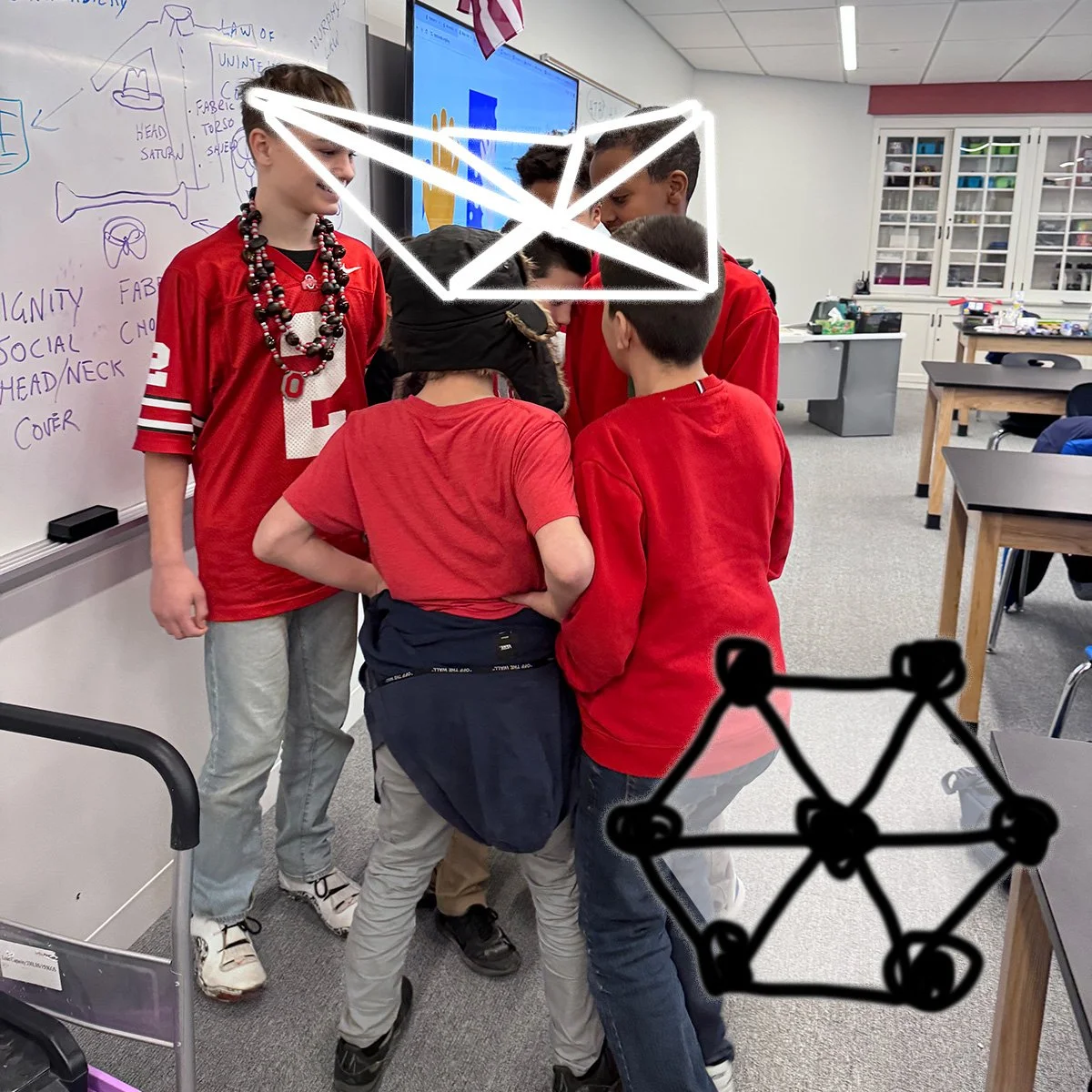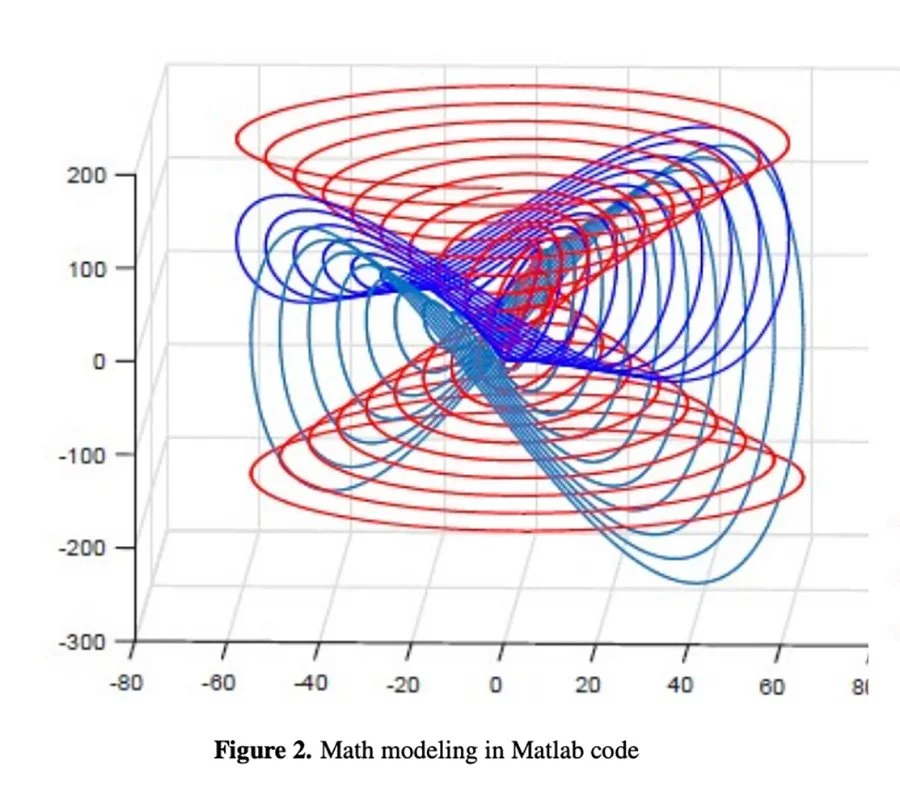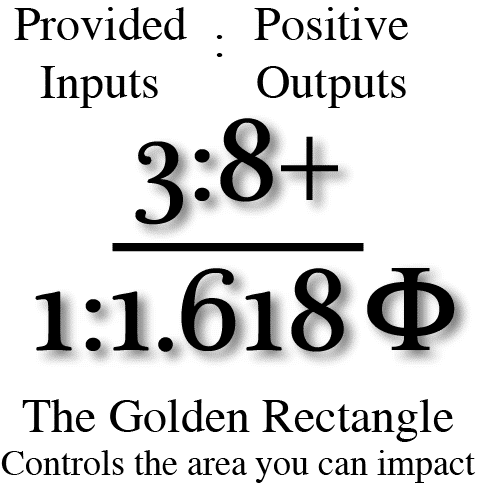Sustainability In Nature
Third period middle schoolers at Metro and me.
This winter I taught Sustainability in Nature at Metro Schools. In this class we gave each row of tables (DNA strand) a beneficial mutation that would benefit the entire species (class). But one table’s mutation was bad for the other. The challenge was to optimize and use reason, data, and democracy to decide what represented optimal sustainability in nature. It was an interesting experiment.
In that social genetics experiment we tested their human Operating System to see what levels of Empathy, Self-awareness, Curiosity, and Grace would emerge from the two groups. They did OK, but I had to reminmd the students that the two chromosomes shared a nucleus and a mission in common.
To remain sustainable, they had to also be willing to work together for a common goal. The illusion of autonomy was just that — an illusion. They needed both mutations to thrive and evolve and they needed to work together as they were part of the same organism. they had forgotten that last bit.
Becoming a Murmuration
Sixth-Grade students becoming a murmuration by following three simple rules of behavior.
One of the other fun exercises we got the chance to do together on the last day of J-Term was to model complex chaotic behavior. The students were modeling chaos theory in class and at the same time displaying adaptive emergence. They did this by working together on a simple strategy for copying the way starlings, sardines, bees, locusts, and bacteria move and coordinate.
Three Rules To Follow
No one individual node is the leader, but instead wherever the six nodes around you in a 3D matrix, follow them.
Wherever your node falls in the hexagon, that node will be the center in your hexagon in three axis: x, y, and z.
Individual nodes on the outside, will rotate in a spiral towrds the center — or away from predators but keep the nodes stable.
By following these three rules, the node could move without thought, or danger, because they created dynamic tension automatically. Even when we added more nodes, the system adapted to the new constraints without confusion.
Credit: Mathematical Modeling of the Flight of the Starlings. A Particular Case of an Attractor Repeller Pairs
Araceli Giménez Lorente
It looks super complicated (and looks can be deceiving) but it works. Red is the attractor, Blue is the repeller, and the teal is the shifting of the edge cases. Knowing this, you can quickly see how the chaotic strange attractor becomes an emergent system with very little input. More importantly, the kids EXPERIENCED it and it was fun.
What they lacked was the experience of swimming, floating, or flying in a 3D lattice. But the emergent behavior was still obvious. It would be fun and crazy dangerous and expensive to do this with drones and AI… Hmmm a guy can dream though.
Once Again for Those In the Back, The Equation for Sustainability
Sustainability is necessary and hard. We don’t change the world with convenience and low effort. We change the world by becoming self-0aware and content-aware of our environment, and out intentions, actions, and impacts. We focus our sustainability equation to as large a focus as we can sustain it. That is why the equation for sustainability is so simple - and enigmatic.
Reframing the denominator line in the equation for sustainability
I started this course last week with this equation. The students adapted to it quite quickly. The numerator ratio up top was quite simple for them, but the denominator ratio proved to be challenging for them — until we got to the idea of the “wicked problems”.
All 17 of the UN 17 Sustainable Development Goals are “Wicked Problems”. This means that they can’t be solved by any one solution. They are more complex than that. That is why the murmuration exercise was so important.
The idea of phi is the key. It is small at first, but via a very simple strategy we can expand it out, sustainably, to include larger numbers, more people, more resources, more time and working together, we can achieve great things.
Thank You and Good Night!
Thank you, Metro for allowing me to explore these new horizons with you. I accidentally became a better person because of working with those brilliant students, but more importantly; I got to bring those fabulous kids along for the ride.





